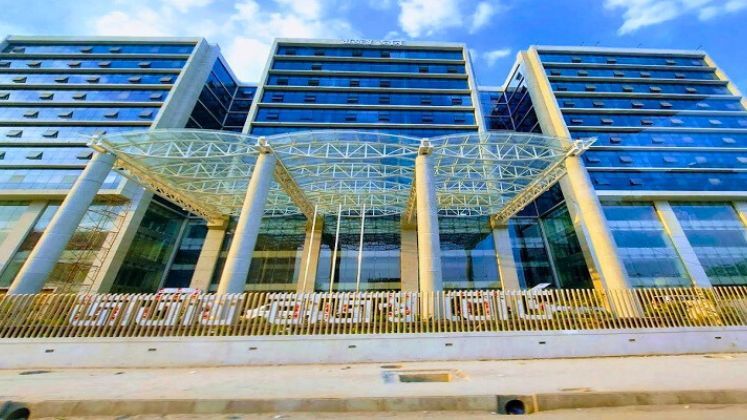
To enhance trade facilitation and revenue collection, the National Board of Revenue (NBR) has launched its Customs Strategic Plan (CSP) for 2024-2028. The plan aims to modernise customs operations, thereby supporting businesses, particularly the ready-made garment (RMG) sector.
Structured around four key pillars—revenue management, trade facilitation, border security, and organisational development—the five-year plan sets ambitious targets and timelines designed to drive efficiency within customs administration.
A central feature of the CSP is the full implementation of the Bangladesh Single Window (BSW) by 2027, which aims to integrate customs systems with port authorities, transport logistics, tax administration, and stakeholders in international commerce. The BSW is expected to significantly benefit the RMG sector by streamlining export processes and reducing delays.
As part of the initial rollout of the national single window, which took place on 2nd January, the NBR has already integrated seven out of 19 customs agencies into the system. The plan includes a timeline to integrate all participating agencies into the BSW by late 2025 and to develop and operationalise all modules by mid-2027.
In a bid to automate customs processes and improve efficiency, the NBR aims to introduce AI-driven risk assessment by 2027 and establish a central monitoring system for customs data. This digital transformation is expected to eliminate bureaucratic bottlenecks, reduce processing times, and create a seamless customs clearance system, which is particularly critical for the RMG sector that relies on timely exports.
The NBR is also focusing on enhancing the customs experience for compliant businesses through the introduction of an electronic platform within the Automated System for Customs Data. This will enable Authorised Economic Operators (AEOs), including many RMG manufacturers, to submit customs-related documents more efficiently. Currently, nine of the 17 firms with AEO status will benefit from streamlined processes, gaining access to the green channel for faster customs clearance.
Furthermore, the CSP includes plans to modernise tariff structures and enhance collaboration between customs and tax authorities, with a target to digitally integrate VAT, income tax, and customs systems by the end of this year. The introduction of a risk-based post-clearance audit system by mid-2026 is also aimed at preventing revenue leakages, ensuring that the RMG sector remains compliant and competitive.
To combat smuggling and illicit trade, the plan introduces advanced technologies such as electronic cargo tracking and non-intrusive inspection (NII) technology. The nationwide expansion of NII technology at major land and seaports is scheduled for mid-2023, with an Advanced Passenger Monitoring System expected to be introduced by late 2025.
With a focus on digitalisation, transparency, and adherence to international best practices, the NBR aims to establish a world-class trade facilitation framework by 2028, fostering a robust environment for the RMG sector and contributing to the country’s economic development.






